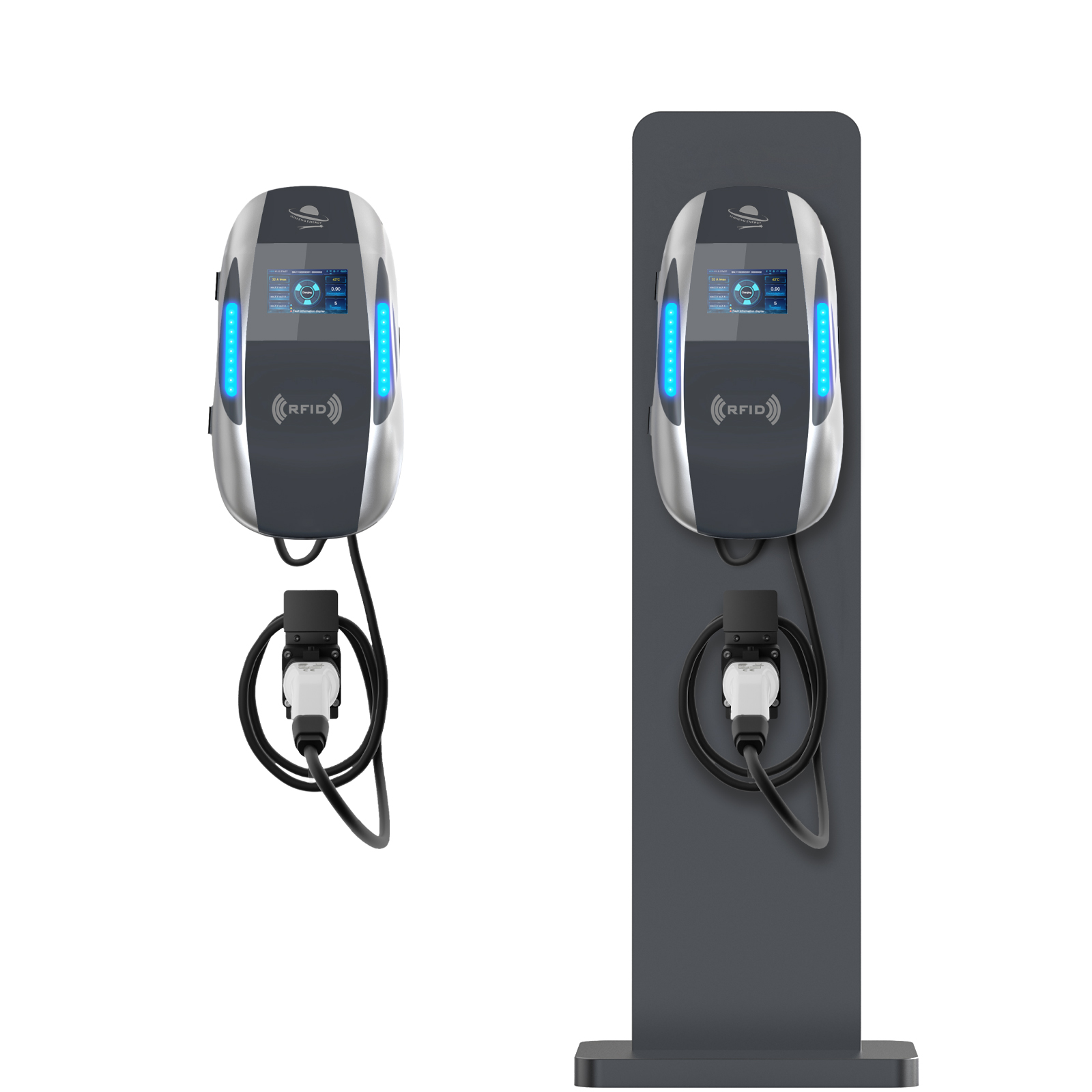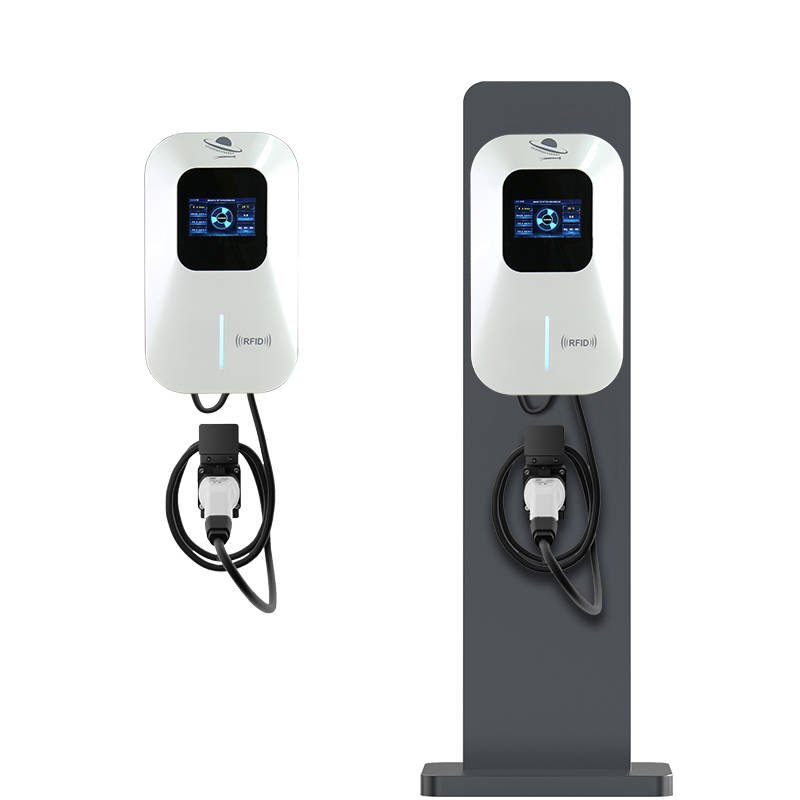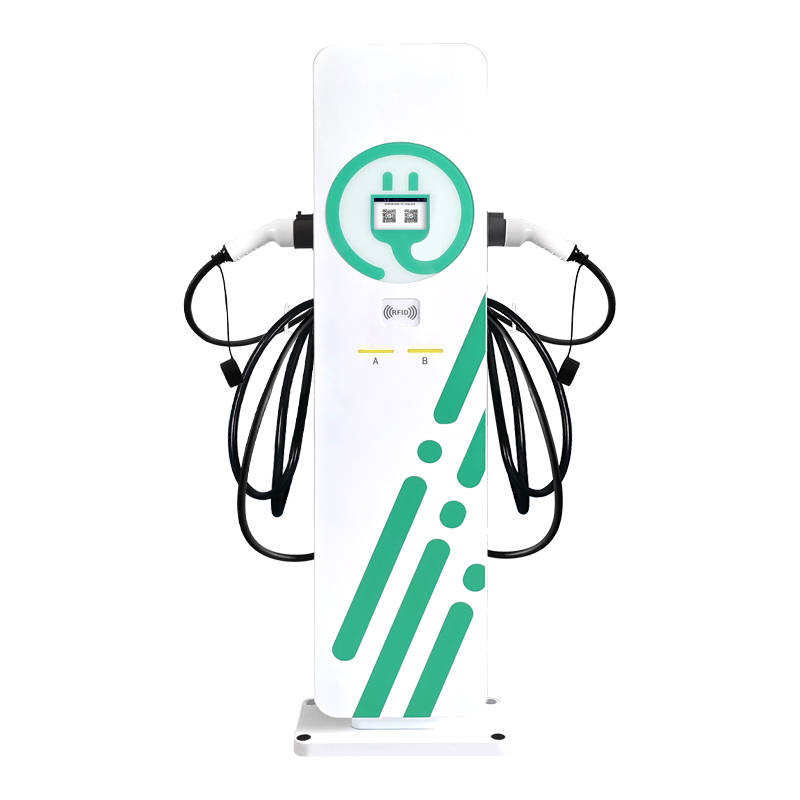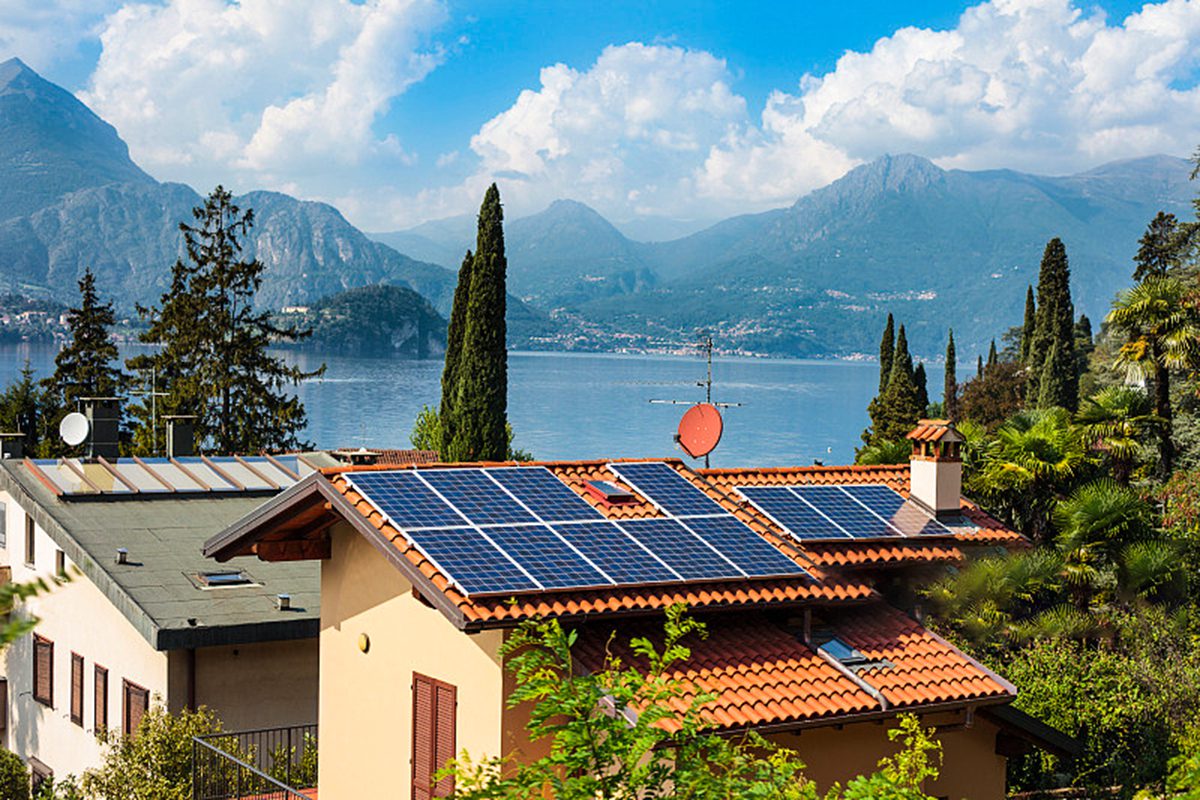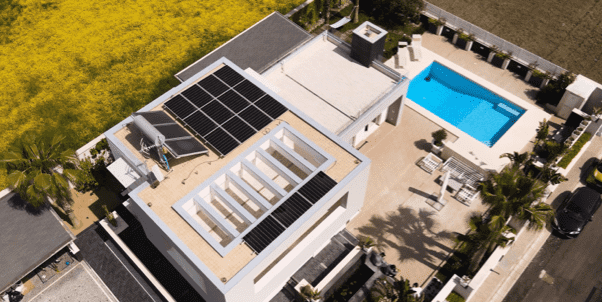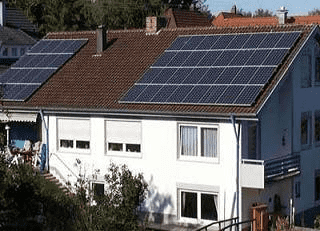
Residential
Residential
The home photovoltaic storage and charging system consists of three parts: photovoltaic power generation, energy storage batteries, and intelligent charging piles. It is implemented through an energy management system: during the day, photovoltaic power generation is prioritized to supply household loads, surplus electricity is stored in the energy storage batteries, energy storage is used for power supply at night or during peak electricity prices, and intelligent off peak charging for electric vehicles. Typical configuration: 5-10kW photovoltaic+10-20 kWh energy storage+7-22kW charging piles.
Target Customers
households in high electricity price areas, villa/self built house users, new energy vehicle owners’ households, smart home users, and environmentally friendly households;

Self-use with Grid Selling
Solar energy first meets domestic or small commercial power needs, with excess stored or sold back to the grid

Peak Shaving and Valley Filling
Energy storage releases power during peak demand, reducing grid pressure, and stores energy during low demand, optimizing grid usage.
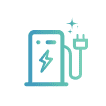
Eco-friendly
Reduces fossil fuel consumption and carbon emissions.

Smart Management
Real-time monitoring and remote control via smart management systems, with user-friendly interfaces like mobile apps for system status and adjustments.
Economy
Save 30-50% on electricity bills, arbitrage of peak valley price differences.
Reliability
Energy storage power supply can be switched in case of power outage (off grid function needs to be configured).
Environmental friendliness
Annual carbon reduction of approximately 3-5 tons (10kW system).
Value added services
Participating in virtual power plants can provide additional benefits through cooperation with local investors.
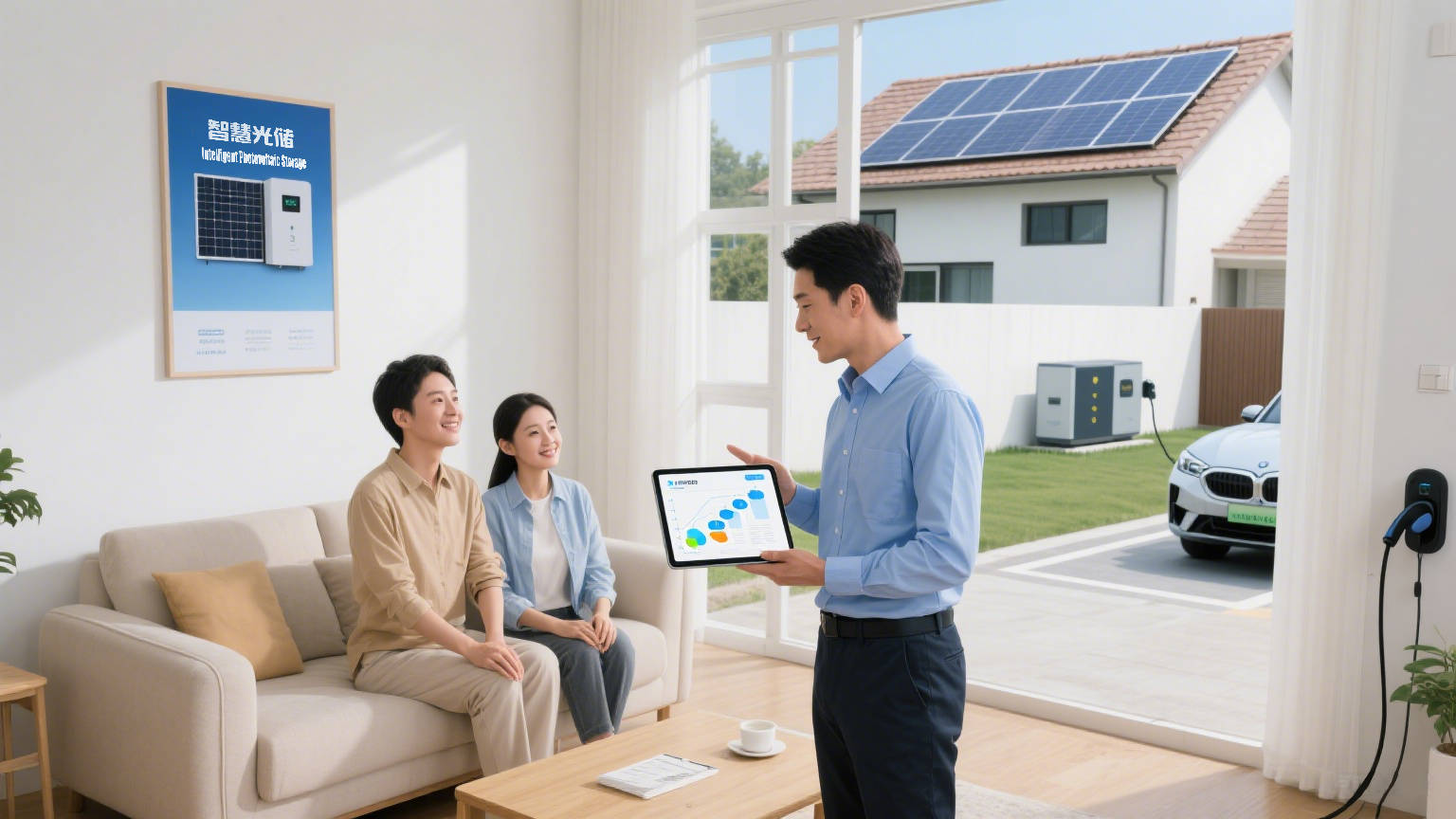
Collaboration mode
Owner’s self investment: Site responsibility: Provide installation site.
Investor responsibility: Full investment. Profit distribution: Enjoy all profits.
Energy custody: Site responsibility: Provide site and basic electricity fees.
Investor responsibility: Equipment investment+operation and maintenance.
Profit distribution: Electricity cost savings sharing (usually 60:40).
Financial leasing: Local responsibility: payment of down payment (20-30%).
Investor Responsibilities: Equipment Procurement+Financial Solutions.
Income distribution: Obtain property rights after paying monthly rent.
Pre sales, implementation, and after-sales full cycle service
Pre sales: Free energy audit, 3D visualization solution design, investment return simulation system.
Implementation: 7-day rapid installation (including grid approval agency), deployment of intelligent monitoring system, and user operation training.
After sales: 24-hour fault response, annual system health check, lifelong monitoring of battery performance, equipment trade in service.
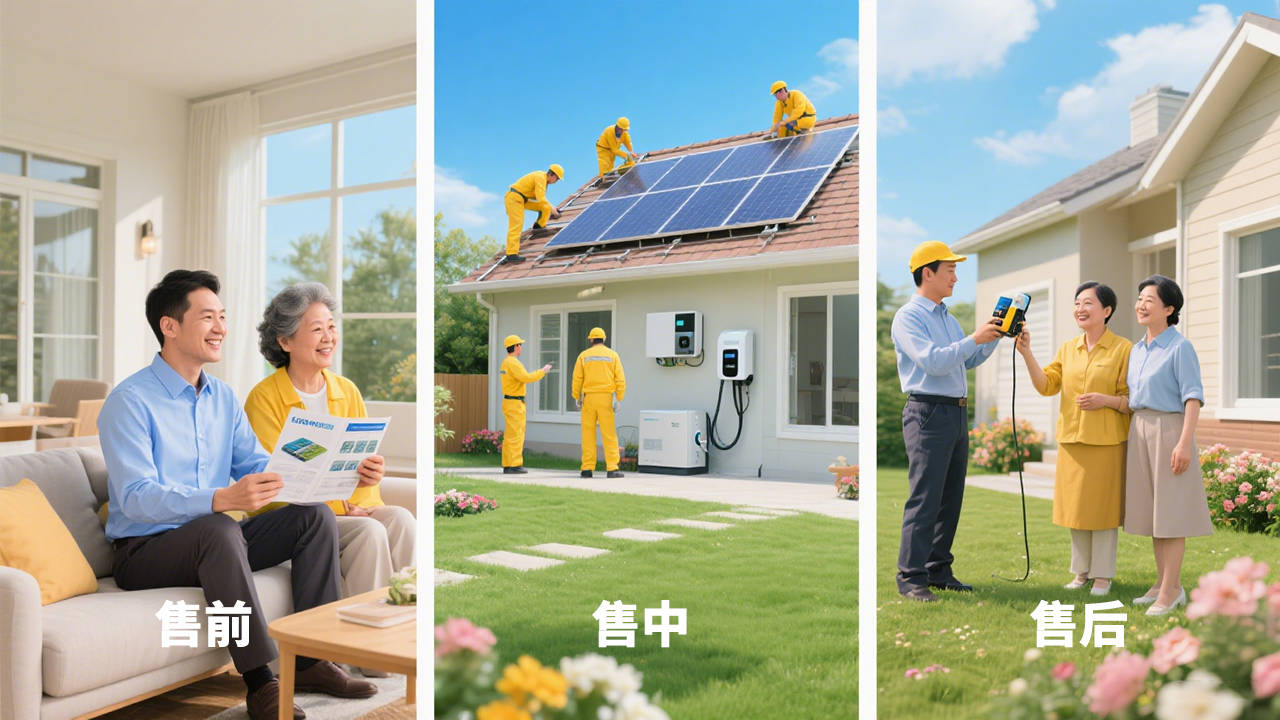



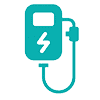


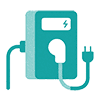

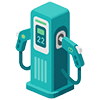

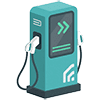

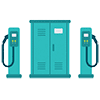









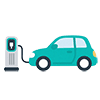


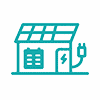








.png) PV-Storage-Charging
PV-Storage-Charging-1.png) High & Low Voltage Switchgear
High & Low Voltage Switchgear Company Profile
Company Profile News Information
News Information Service Support
Service Support Cloud Platform Customized Development
Cloud Platform Customized Development Leisheng Charging International Platform
Leisheng Charging International Platform Leisn Home Charging Platform
Leisn Home Charging Platform